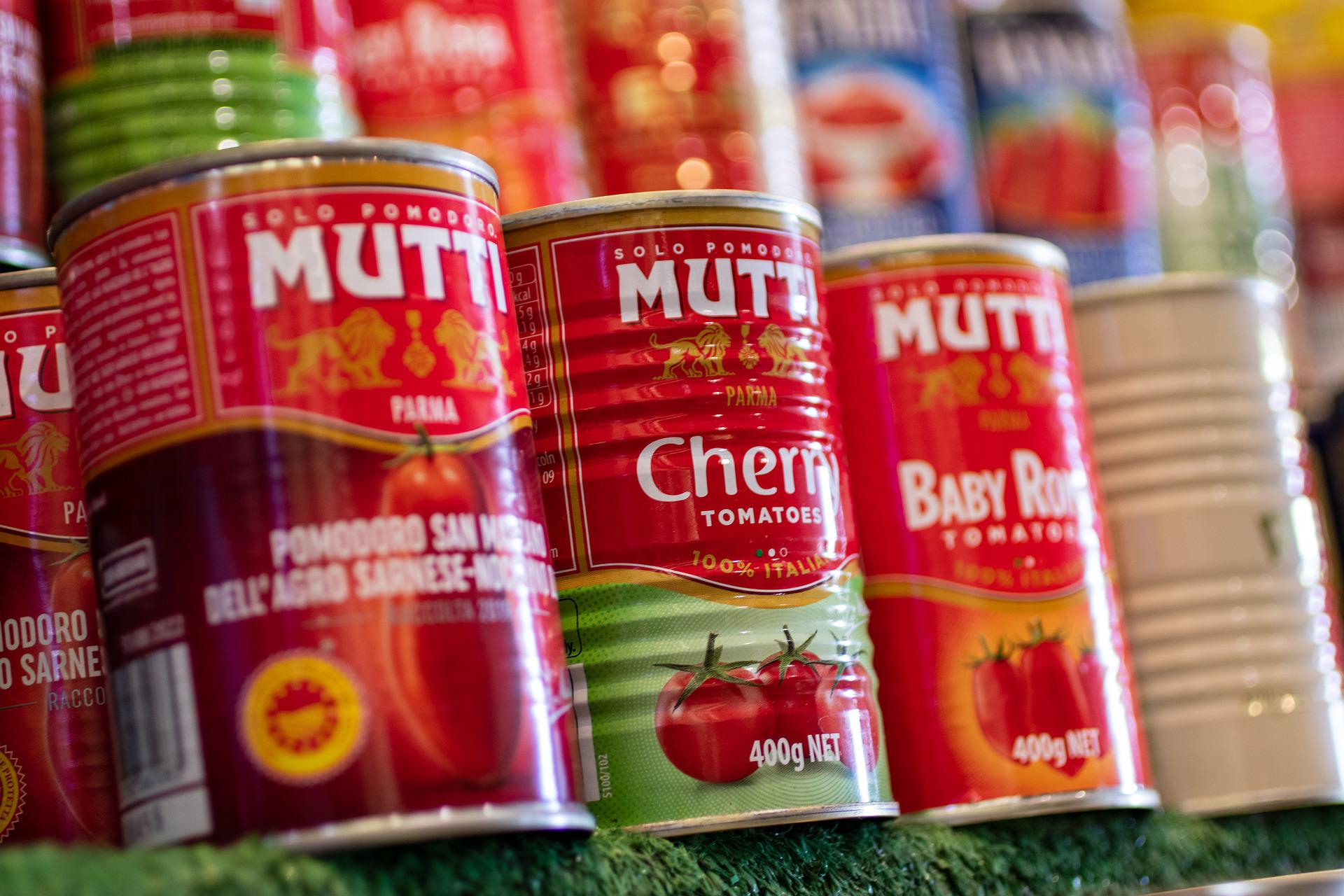Definition of Processing and Additional Processing
First, let’s identify the term ‘processed’. Unless you’re picking fruit and eating straight from a tree or grazing on your hands and knees, almost every food you eat is processed in some way. Processing makes eating safer by reducing germs, removing dirt and grime, inhibiting spoilage, facilitating transportation, simplifying storage, and extending shelf life. For fresh produce, processing involves harvesting, washing, grading for size and quality, packing, shipping, and cold storage. Foods like apples can also receive an edible coating alginate to protect the skin and color of the fruit. Oranges can be placed in a room with ethylene gas to turn green oranges into oranges. Before canning, some fruits and vegetables are chopped, diced, and cut into desirable shapes or convenient sizes. In fact, you process food at home by refrigerating, freezing, washing, peeling, cutting, marinating, seasoning, and cooking.
Fruits and vegetables are perishable
Fruits and vegetables are more than 90% water. After harvest, they are separated from their nutrient source, the plant or tree. This causes the product to use itself as a nutrient source, which increases respiration and moisture loss, accelerating oxidative spoilage and microbial growth. Storage and processing techniques are used to improve the stability of these perishable products. Refrigeration, freezing, canning and drying allow us to ship and store fruits and vegetables to consumers around the world. Allows shoppers to purchase products that are out of season in their area. Cold processing and storage help retain valuable nutrients like vitamins, minerals, and fiber.
Fresh fruits and vegetables are minimally processed before retail sale. Further processing of these foods, through canning and freezing, reduces the microbial load, destroys the product’s natural enzymes which can lead to further spoilage, and provides the purchaser with the convenience of packaging and a longer shelf life. Canned goods are placed in a can and then heated in a pressure cooker called a retort. Frozen vegetables are usually blanched, heated briefly, and then quickly frozen and packaged. Fruits are not usually blanched before freezing due to their delicacy and acidity.
Comparing fresh to canned and frozen
“[the] Exclusive recommendations for fresh produce ignore the nutritional benefits of canned and frozen products.”
-Nutritional comparison of fresh, frozen and canned fruits and vegetables. Journal of the Science of Food and Agriculture
In 2007, food scientists at the University of California-Davis compared the nutritional composition of fresh, canned, and frozen fruits and vegetables in a meta-analysis of data dating back to 1935. They concluded that canned and frozen product forms were nutritionally comparable to fresh, while offering convenience and dietary diversity to the consumers. Let’s see why.
Vitamin C is the key
California scientists used vitamin C content as the first estimate of overall nutrient quality because it is 
When losses were measured on a dry weight basis, product weight minus water, the scientists found that canning significantly reduced vitamin C levels, by about 60%. Frozen foods had higher levels of vitamin C than canned foods. Losses ranged from 10 to 80%, with an average loss of around 50% for frozen foods.
Freshly picked vegetables had the highest amounts of vitamin C, but the nutrient decreased rapidly after harvest. Green peas, measured by wet weight, were found to have losses of more than 50% during the first 24 to 48 hours after harvest. According to the Guardian, those “fresh” carrots with the leaves still attached can be several days old before they reach shoppers in the produce section of the supermarket. While cooler refrigeration temperatures slow nutrient loss, time is the real enemy. other nutrients such as vitamin A, carotenoids (the red, yellow, and orange pigments that are precursors and antioxidants of vitamin A), vitamin E, minerals, and fiber were similar in concentration between fresh, canned, and canned fruits and vegetables. frozen.
recommendations from food scientists

In summary, the authors cautioned that understanding nutritional differences between fresh, canned, and frozen produce will always be complex due to harvest conditions, different cultivars, different soil fertility, seasonal variations, plant maturity, and processing methods. For those who want to reduce sodium in their diet, they recommend fresh and frozen items over canned or buy canned items with no added salt. In canned products that use salt, they suggested removing the salt by draining the liquid and rinsing the fruits or vegetables in a strainer before preparing. Bon Appetite!
Sources:
Only 1 in 10 adults consumes enough fruit or vegetables CDC Newsroom
Alginate-based edible films and coatings for food packaging applications Food DOI: 10.3390/foods7100170.
oranges, artificial colors US Food and Drugs
Nutritional comparison of fresh, frozen and canned fruits and vegetables. Part I Journal of the Science of Food and Agriculture DOI: 10.1002/jsfa.2825
Nutritional comparison of fresh, frozen and canned fruits and vegetables. Part 2 Journal of the Science of Food and Agriculture DOI: 10.1002/jsfa.2824
